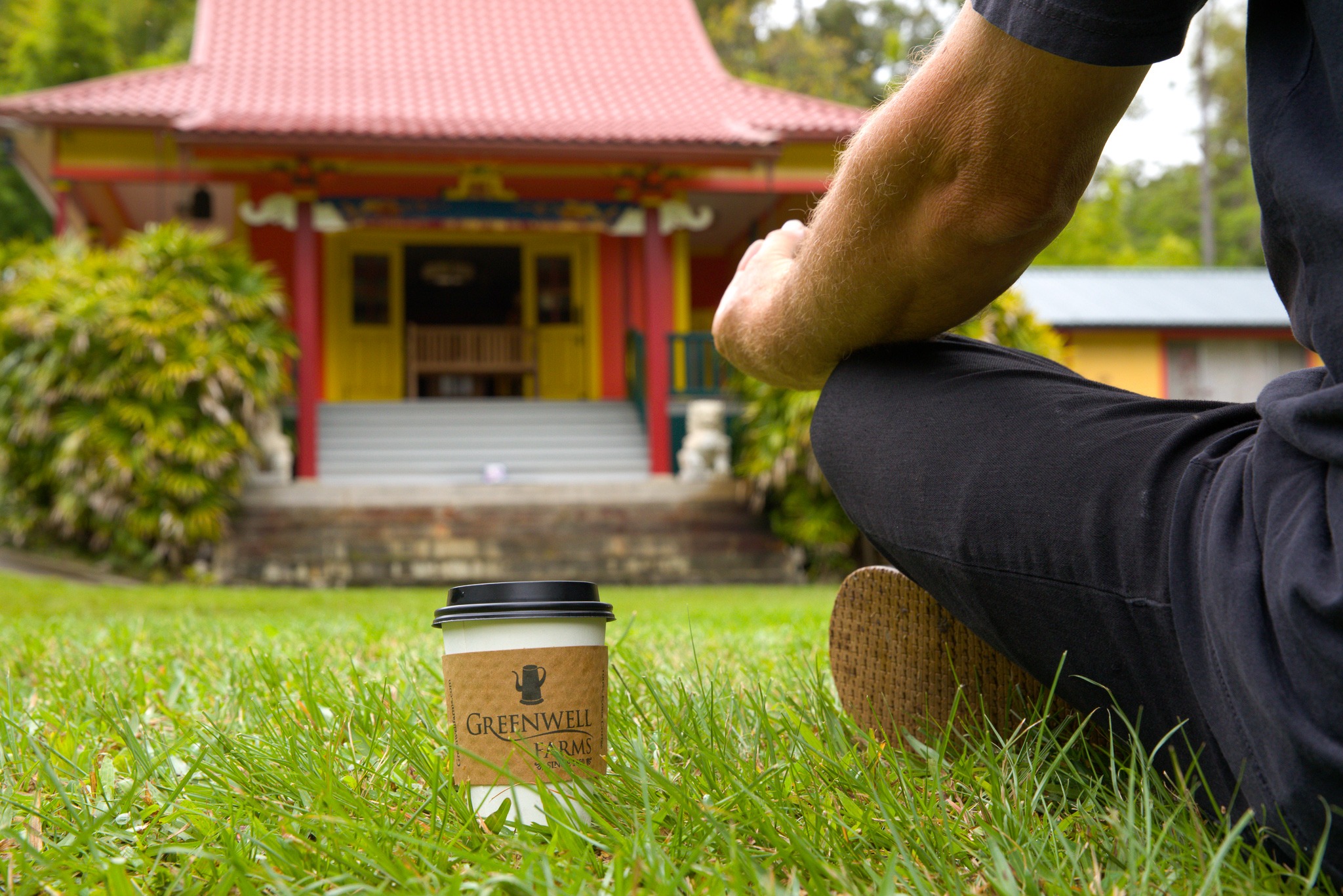Coffee In The Classroom
At a recent lecture I attended, it was stated that “specialty coffee” (you know—the really good stuff) has barely penetrated three major coffee consumer markets: military, medical, and education.
In these three high-functioning and relentless professions, “hot and caffeinated” is often the primary concern over “nuance, origin, and flavor profile.” Having worked in education for 30 years, I remember the mantra that Sunday coffee was recreational, but weekday coffee was medicinal. True. I also remember saying one early Monday morning that I was 20 cups of coffee away from the weekend.
Recently though, I became aware of a new trend in schools that I personally find brilliant, and may in fact be a new wave of coffee penetration into our institutions of learning. Remember that coffee is more than just a drink. It creates community and connection, can be a shared experience, and if set up right can take the pressure off of an otherwise stressful situation.
The best part is that coffee is familiar. Intermediate and high schoolers regularly indulge in coffee drinks and hang out at cafes during their free time. So, let’s look at a couple innovative ways that coffee is appearing in a new form in schools across the country.
The Chemistry Class
A high school in Southern California created a “2-week Coffee Lab” where students not only learned the basics of making a good cup of coffee (water quality and temperature, ratios, grind size, rate of extraction, roast profile) but had local baristas and coffee professionals come in to talk to the class about what they do and how they finesse the best flavors from the beans. In week two, students were tasked with creating their own coffee recipes, with all trials recorded in data tables, all variables logged, and finally, a presentation to judges who would evaluate the final cup.
Involving the community, seeking out professionals to share their world, having kids directly involved in the process of scientific discovery with something so familiar as coffee, and first-hand experiential understanding of chemistry concepts like concentrations, ratios, reaction rates, temperature, and solubility really brought this program to life.
As a cool side note, the winning team was invited to present their coffee at a local food festival and got a chance to share what they had learned with the wider community.
The In-Classroom Coffee Bar
A teacher in North Carolina wrote on her blog that it started with wanting to have coffee always nearby. Having cleared out a small corner of her classroom, she put down a K-cup machine, some pods, and a few cups and thought, if I need a cup, it will always be there. Her students took notice and asked if they could bring in Tea, Coffee makers, and other various components. By mid-school year, students would come in early and hang out. It wasn’t long before the teacher was invited and started a twice-a-week morning session 90 minutes before regular class.
Students would come in and talk about all sorts of things unrelated to their school subjects. Unrelated but nonetheless important. The teacher was able to gain insight into the kids’ day to day, she mentions many teachable moments in conflict resolution, and organization skills, and had a generally better relationship with many of her students through a twice-a-week communication setting that didn’t exist before the coffee bar. We are not talking about specialty coffee here, just the power of coming together over a cup of comfort, and how trust, relationship building, and insights into the humans around us are often better seen while sharing a warm beverage.
The Café Business in the School
An entrepreneurial group of high school students in Carmel, CA wanting to raise funds got permission to start selling coffee in the back of the school’s spirit shop. It went ok at first; sales were about $30 a day. The teenager’s vision, though, was much bigger and they applied for a $1,600 DECA loan. They brought in better coffee machines, hired a volunteer staff of students, and created an app that would allow students to place an order from their phones. Now $500-$800 a day in sales is typical and the loan was re-paid after just a few months.
Although the students are volunteers, they are working toward DECA scholarships to attend the international association’s competitions in entrepreneurship, marketing, finance, business, and hospitality. Students have faced numerous challenges as “food service” in schools must follow strict guidelines and nutrition standards and making drinks at 100 calories with skim milk and low sugar syrups put them at a competitive disadvantage to nearby cafes whose drinks hover around 400 calories each.
The program advisor proudly says that they have been given a new space and the café is here to stay. Students gain so much knowledge in operations, marketing, supply chain, customer feedback, fine art via advertising, social media presence, programming for the app, human resources, and cost control. I would dare to say the kids here have learned more about running a business than any “book-based” program.
Re-Imagining the Classroom Post Pandemic
A Georgia-based professor specializing in educational theory and practice claims that the debate between returning to 100% face-to-face learning, 100% online learning, or a mix of the two, removes the nuance of what it means to create a safe, learning environment, which is really the most important aspect of the debate. Cafes have always been at the forefront of change. Over the history of coffee, the many attempts to ban coffee were related more to the intermingling of people who could create subversive plans and discuss and debate the effectiveness of the current monarchy rather than the beverage itself.
Today, we are seeing the merging of spaces where students feel relaxed and safe (cafés) and curricula that used to not be found outside of the classroom. Having people facing each other around a table in closer proximity, using mobile devices as part of learning, and creating more nuanced discussions as the setting opens the mind to a “dinner table” like mood rather than a “classroom mood” have all come to be seen as practices with a wide array of benefits. That schools are looking to create more of these spaces within the school setting and to use the social custom of sharing a beverage or light meal which is recognized as a bonding experience is not surprising.
“We have had to re-imagine so much of what we do during the pandemic,” states social scientist Vicki Strong, “that we might as well come back better and apply the best practices going forward.”
What do you think?

Matt Carter is a retired teacher (1989-2018), part-time musician, farmer, and currently manages Greenwell Farm’s Tour and Retail Store Operations.







Your blog content is very informative! thanks to share nice blog post! Keep it up..!
Your information is very informative! Thanks to share nice blog post! Keep it up..!